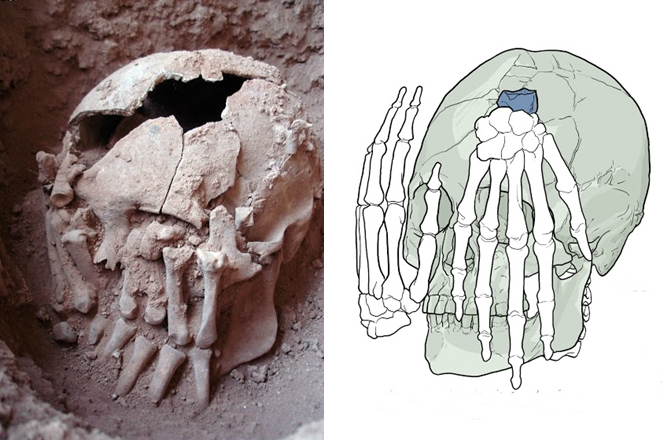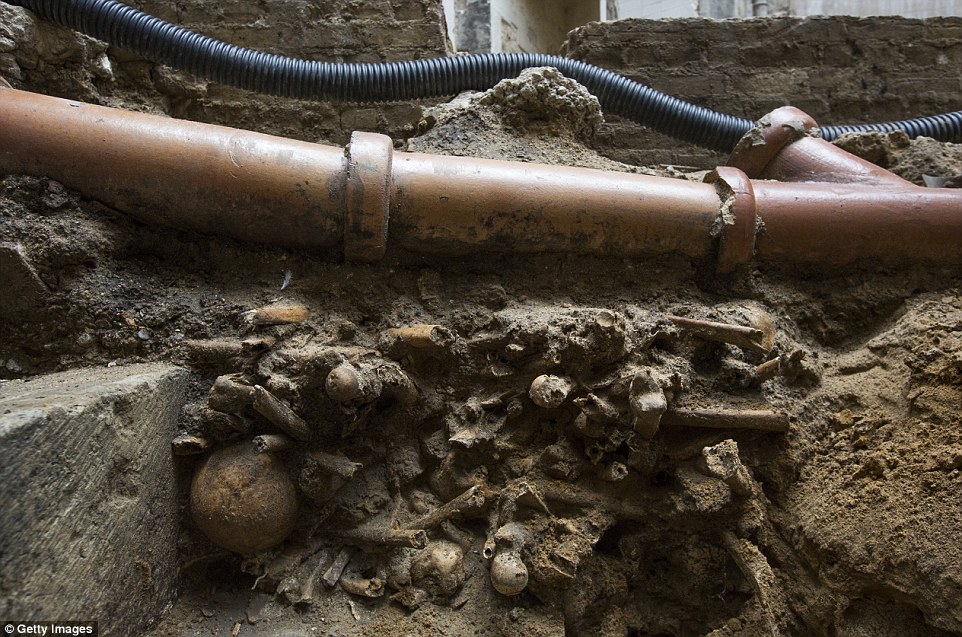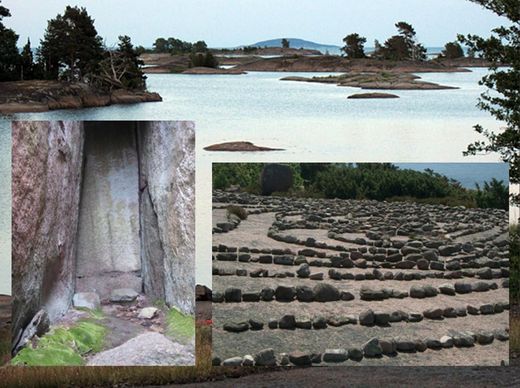
© Getty A Savoia Marchetti 65 Boat Plane
Back in 1935, a plane carrying 12 people and two million roubles - the equivalent of millions of pounds today - was lost over Russia. Now, the mystery of its disappearance appears to have been solved.
The Savoia-Marchetti S.55 flying boat took off from the town of Alexandrovsk-Sakhalinksy in Russia's far east on 26 June 1935 carrying the passengers and money collected from a local tractor repair workshop. An hour and 15 minutes into the flight to the regional capital of Khabarovsk, communication was lost with the plane.
Search parties failed to locate the plane and the presence on board of two officers from Stalin's secret police - the NKVD - who were there to guard to the cash, meant the case was quickly classified, before being shut down shortly after.
However, a search group from a Russian NGO that seeks out the remains of people killed in accidents said yesterday that it had discovered the bodies of three men and one woman from the air disaster in a remote area of Russia's Khabarovsk region.
"The passengers were still lying where they fell, thrown out of the wooden cabins of the plane along with the remains of the seating and seat belts. Around them lay their personal items," the Russia Search Movement (RSM), said.
The incident became shrouded in local legend - rumours of foul play by a third party trying to steal the money were told.
Suspected wreckage from the plane was reported by loggers in 2006. Preparations by RSM for an expedition to the apparent crash site lasted almost a year. The team of volunteers said that when they reached the site earlier this summer, having traversed over 2,000 miles through the Siberian taiga forest, they found it had been ransacked by treasure hunters. They did not recover the two million roubles.
The team did, however, reconstruct the likely last moments of the plane, which apparently ran into low cloud shortly after taking-off from the island of Sakhalin.
Descending to a low altitude in an attempt evade the cloud and use the Amur river as a guide to reach Khabarovsk, the pilot slammed into the side of a hill.



Comment: For more background information on ancient civilizations and the myths as well as the evidence supporting past global cataclysmic events, see: